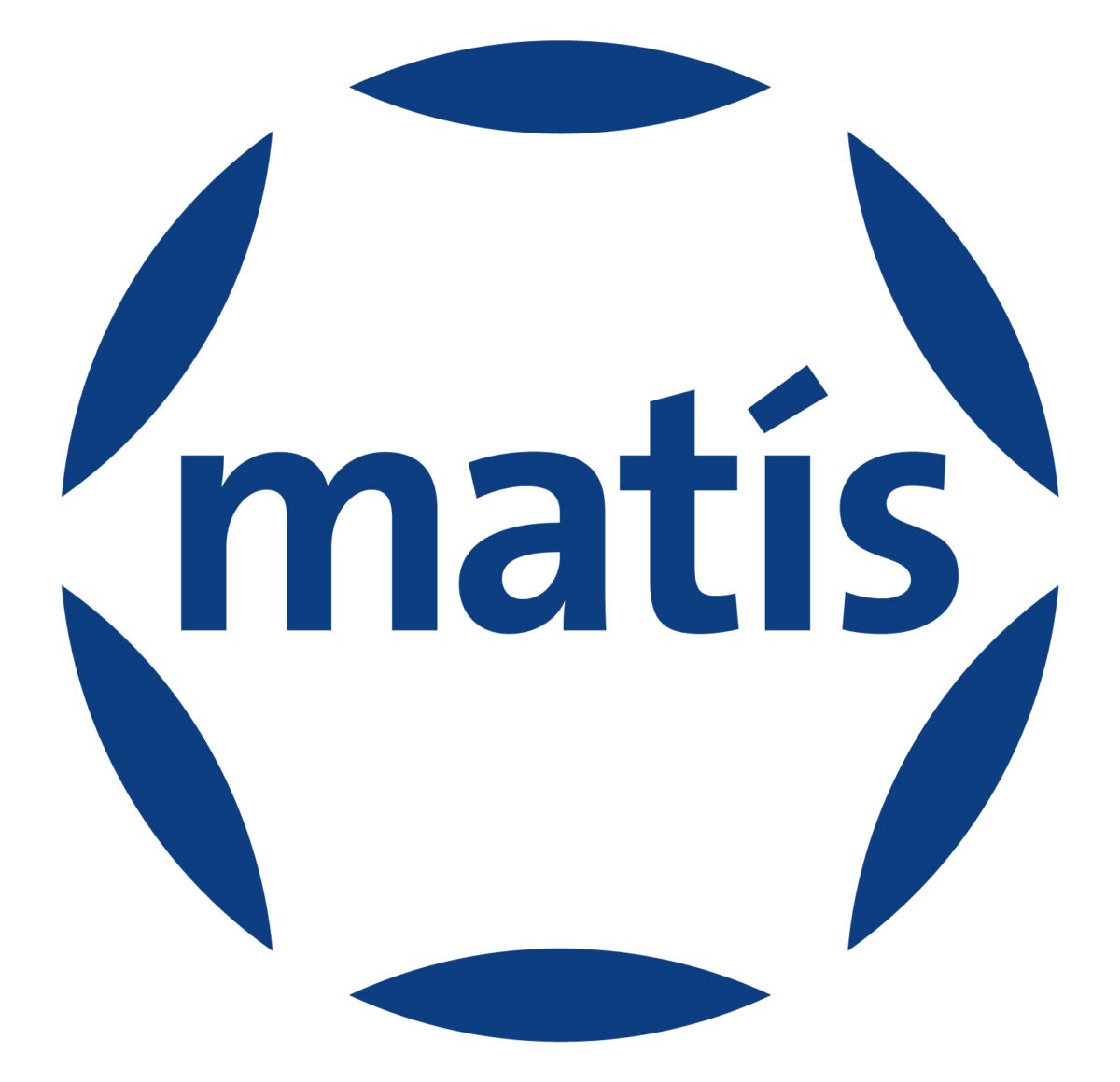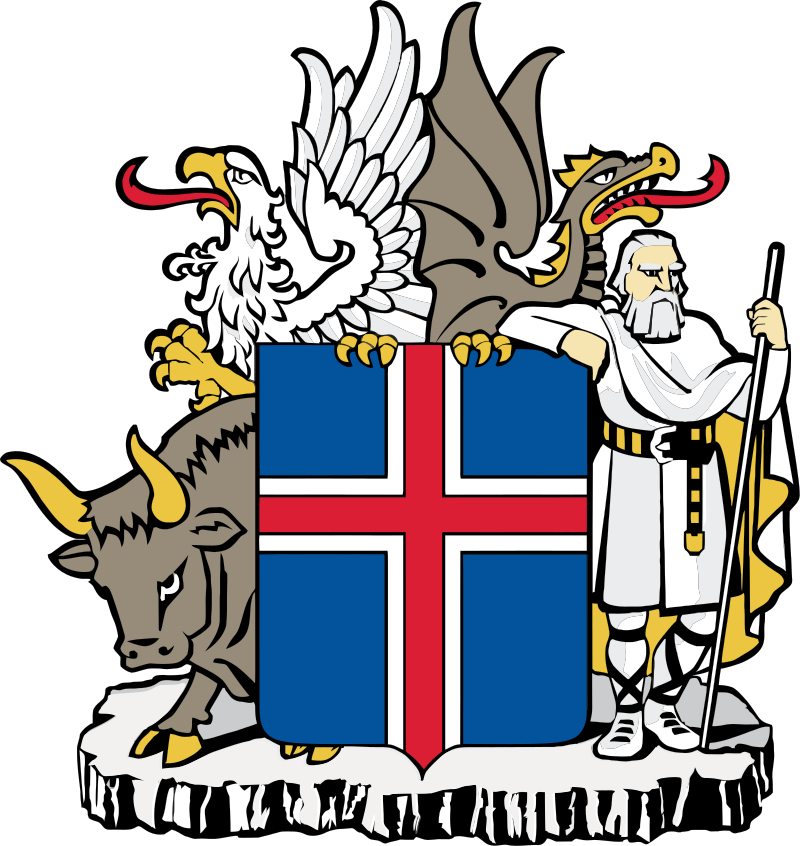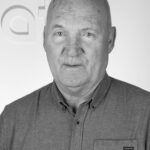A collection of 376 golden redfish (Sebastes marinus) from several fishing grounds in the North Atlantic in late 2001 was genotyped at nine microsatellite loci to provide preliminary information on the possible genetic structure in this species. Landscape genetic analysis revealed the presence of two distinct genetic pools within the North Atlantic, suggesting that S. marinus might be structured within the North Atlantic and should be the subject of more investigation.
Author: admin
Background
The bacteriology during storage of the North Atlantic cod has been investigated for the past decades using conventional cultivation strategies which have generated large amount of information. This paper presents a study where both conventional cultivation and cultivation independent approaches were used to investigate the bacterial succession during storage of cod loins at chilled and superchilled temperatures.
Results
Unbrined (0.4% NaCl) and brined (2.5% NaCl) cod loins were stored at chilled (0 ° C) and superchilled (-2 and -3.6 ° C) temperatures in air or modified atmosphere (MA, % CO2/ O2/ N2: 49.0 ± 0.6 / 7.4 ± 0.2 / 43.7 ± 0.4). Discrepancy was observed between cultivation enumeration and culture independent methods where the former showed a general dominance of Pseudomonas spp. (up to 59%) while the latter showed a dominance of Photobacterium phosphoreum (up to 100%).
Gas chromatography-mass spectrophotometry (GC-MC) showed that trimethylamine was the most abundantly volatile in mid- and late storage periods. Terminal restriction polymorphism (t-RFLP) analysis showed that the relative abundance of P. phosphoreum increased with storage time.
Conclusion
The present study shows the bacteriological developments on lightly salted or non-salted cod loins during storage at superchilled temperatures. It furthermore confirms the importance of P. phosphoreum as a spoilage organism during storage of cod loins at low temperatures using molecular techniques. The methods used compensate each other, giving more detailed data on bacterial population developments during spoilage.
Atlantic herring (Clupea harengus) is an important commercial fish and shows to be more and more demanded for human consumption. Therefore, it is very important to find good methods for monitoring the freshness of the fish in order to keep it in the best quality for human consumption. In this study, the fish was stored in ice up to 2 weeks. Quality changes during storage were assessed by the Quality Index Method (QIM), quantitative descriptive analysis (QDA) and Torry scheme, by texture measurements: puncture tests and Texture Profile Analysis (TPA) tests on texture analyzer TA.XT2i, and by electronic nose (e-nose) measurements using FreshSense instrument. Storage time of herring in ice could be estimated by QIM with ± 2 days using 5 herring per lot. No correlation between instrumental texture parameters and storage time or between sensory and instrumental texture variables was found. E-nose measurements could be used to detect the onset of spoilage.
In 2006, we sampled the anoxic bottom waters of a volcanic lake beneath the Vatnajökull ice cap (Iceland). The sample contained 5 × 105 cells per ml, and whole-cell fluorescent in situ hybridization (FISH) and PCR with domain-specific probes showed these to be essentially all bacteria, with no detectable archaea. Pyrosequencing of the V6 hypervariable region of the 16S ribosomal RNA gene, Sanger sequencing of a clone library and FISH-based enumeration of four major phylotypes revealed that the assembly was dominated by a few groups of putative chemotrophic bacteria whose closest cultivated relatives use sulfide, sulfur or hydrogen as electron donors, and oxygen, sulfate or CO2 as electron acceptors. Hundreds of other phylotypes are present at lower abundance in our V6 tag libraries and a rarefaction analysis indicates that sampling did not reach saturation, but FISH data limit the remaining biome to <10–20% of all cells. The composition of this oligarchy can be understood in the context of the chemical disequilibrium created by the mixing of sulfidic lake water and oxygenated glacial meltwater.

The Open University at RU has entered into a co-operation agreement with Matís and the Reykjavík Academy on the development of courses and study lines as well as teaching, in order to strengthen education in the Icelandic economy.
Progressive training and education of managers, specialists and company employees enables them to excel in competition and be creative in times of change.

Co-operation agreements were signed between the Open University, the Reykjavík Academy and Matís at 12:30 today at Reykjavík University.
"The Open University prides itself on offering the Icelandic economy access to powerful professionals and is pleased to be able to add disciplines to the current offer of the Open University through collaboration agreements with Matís and the Reykjavík Academy," says Guðrún Högnadóttir, Executive Director of the Open University, about the collaboration.
"In the work of the Reykjavík Academy, it is important to find ways to share the knowledge of the scholars who work there and utilize it in various ways. In the current crisis in society, there is a widespread revision of the basic ideas of business and society. In collaboration with the Open University, the Reykjavík Academy is participating for the first time in education for the business community, and there is no doubt that mutual acquaintances will enrich everyone who participates, " says Viðar Hreinsson, executive director of the Reykjavík Academy.
Sjöfn Sigurgísladóttir, CEO of Matís, emphasizes that this co-operation agreement fits in very well with Matís 'operations, as one of Matís' goals is to establish strong teaching and re-education, for example through co-operation with universities in Iceland and other educational institutions. "In this way, a strong connection is created between scientific work and research on the one hand and the business community on the other."
Through the collaboration, the Open University wants to enrich Icelandic society by disseminating and harnessing knowledge outside the traditional study lines at the university level. Through targeted training and education of employees, Icelandic companies can meet the changed business environment in a more dynamic way than before.
For further information, please contact Halldóra Guðrún Hinriksdóttir, Director of the Open University, tel. +354 864 0073.
Improved processing of capelin roes
The processing of capelin roe is largely based on research and development that took place between 1972 and 1982. The weakness of the processing process has been the drying of the roe, where roe is left in pots for up to 20 hours where excess water is allowed to leak. . The drying method disrupts the continuity of processing, is costly and increases the risk of microbial growth in the product. The report discusses the effect of processing factors on the chemical and physical properties of capelin roe, as well as the results of experiments with continuous drying during the processing of capelin roe.
Current processing technique of Capelin roes is based on research and development carried out in 1972 to 1982. The weakness of the current process is the drying procedure where the roes are allowed to stand for up to 20 hours while excess water drains off to desirable level. This drying process disturbs the continuity of the process, is costly and increases the risk of bacteria growth. This report discusses the influence of various processing steps on the physical and chemical composition of the Capelin roes and results from experiments with continuous drying procedures in the processing of Capelin roes.
Report closed until 01.07.2011
View report
Processing in line boats / Processing in line boats
This project is a collaborative project of the following companies; Matís, Brim, Samherji, Vísir and 3X Technology. The aim of the project is to improve the processing processes of longline vessels with a view to reducing the cost of processing, increasing work efficiency and product quality. The project includes the results of a voyage with the icefish trawler Stefni ÍS, where the goal was to perform different refrigeration and bleeding experiments on cod and thus find out what is the best processing method / processing treatment with regard to the quality of the product. The processing deck on longliners will be designed differently, but the same units are used to maximize the quality of the catch. Several groups were taken who received different processing treatments on board. The groups then went to the processing of Hraðfrystihús Gunnvarar where they underwent a sensory evaluation test in the color and release of the fillets. The main results of the project showed that bleeding in the sea, preferably with a lot of water change, before cooling, gives a better color - the meat quality of the wreck. There was no significant difference between the groups in terms of loss, as they all had similar results.
This project is a collaboration work between; Matis, Brim, Samherji, Vísir and 3X Technology. The object of this project is to improve the process in line boats, by reducing production costs, improve working conditions and product quality. This project includes payoff from voyage with the ice-fresh trawler Stefnir ÍS, where the objective was to carry out difference bleeding and cooling methods on cod and find out which methods is efficient regards to the quality of the product. The processing deck in line boats will be implement difference, but same unitary will be used to increase the quality of the catch. The primary conclusion from the research on board Stefnir, is that bleeding in sea before cooling the fish, gives better results regard to the color of the fillet. The research also shows that there was not a significant difference between groups regards to results in looseness of the fillet.
View report
Pure muscle proteins from fish
Extensive research was carried out into the physical properties of muscle proteins from fish, especially cod. The project Pure muscle protein from fish proved to be another main support for the operations of Iceprotein ehf. during the company's formative years. The report describes the main results in the production process of refined muscle proteins from cuts and blueberries for use in fillets and ready-made products and the development that took place at Iceprotein ehf. when scaling up. The company Iceprotein is almost the result of the work that was put into the project. Fishballs were produced that were later eaten and evaluated and came out well in various ways, fishballs with isolated proteins as well as minced fish deteriorated less during cooking than fishballs that did not contain isolated proteins.
Great effort was used in viscoelastic measurements of cod muscle proteins. The project Pure muscle protein from fish proved to be one of the main pillars in the operations of Iceprotein ehf. in the offset of the company. In this report main results of the scale-up process at Iceprotein are followed through. The company Iceprotein basically spun off from the work done in this project. Fish balls from fish mince and fish protein isolates were prepared cooked, consumed and analyzed, fish balls containing FPI showed less weight loss in cooking than fish balls that did not contain FPI.
View report

In recent months, Matís has been responsible for experiments with logos on board fishing vessels to increase traceability and information flow within the value chain of marine products.
Several types of tags have been tried, as well as the amount of information that appears on the tags and their utilization after the catch comes ashore. There is a growing interest among shipping companies to use data such as this, as all parties in the value chain are becoming much more aware than before of the values inherent in information and traceability.
For further information, contact Jónas R. Viðarsson at Matís, jonas.r.vidarsson@matis.is.

On December 7, 2007, the Minister of Fisheries appointed a committee to examine the status and possibilities of mussel farming in Iceland. The letter of appointment to the committee stated the following:
On December 7, 2007, the Minister of Fisheries appointed a committee to examine the status and possibilities of mussel farming in Iceland. The letter of appointment to the committee stated the following:
„The Minister of Fisheries has decided to appoint a committee to examine the situation and possibilities for mussel farming in Iceland with regard to both the biological and operational preconditions of the sector and environmental factors. The committee is intended to submit a report to the Minister and also make proposals for the measures that could be taken by the public sector to strengthen the general growth assumptions of the industry ".
The committee consisted of: Haukur Oddsson engineer, managing director of Borgun hf. (chairman), Ásta Ásmundsdóttir project manager at Matís ohf., Guðrún Þórarinsdóttir specialist at the Marine Research Institute, Jón Páll Baldvinsson from Skelrækt - an association of mussel breeders and Kristinn Hugason department manager, the Ministry of Fisheries and Agriculture.
This report is now available in English and a copy is available for download here.



